|
There are
three spheres of meaning inherent in landscape:
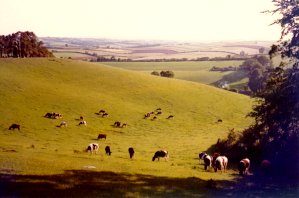
Meaning of these terms:
Physical refers to topography, hydrology and geography
of places
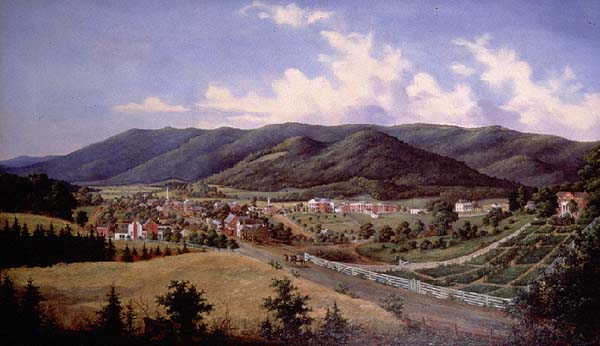
Richmond Virginia, antebellum setting along the fall-line.
Affective
is how surroundings (environs) are an emotive shaper
of human identity
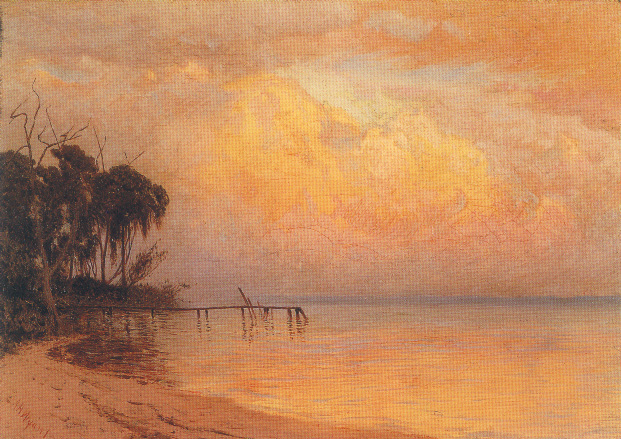
Alex
Wyant's sunset in Florida, 1885-1892.
Intellectual refers to how we discern cultural meaning
from the layout of structures and buildings.
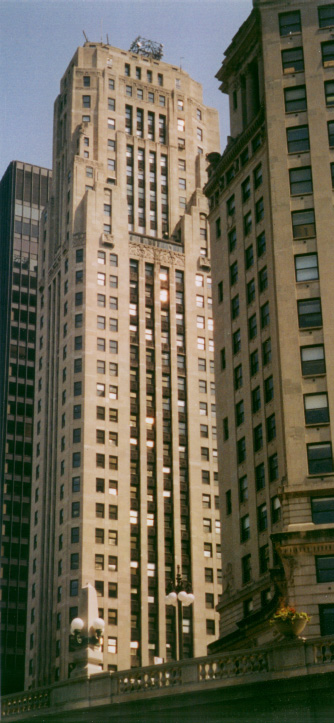
Chicago's riverside buildings, 1990s.

Jacob Riis: Mulberry Lane, New
York City 1890s.
return to top of page
Discussion
Landskyp is the Dutch derivative of the German landschaften referring to land altered by humans.
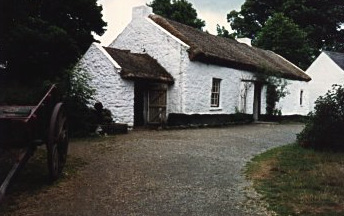 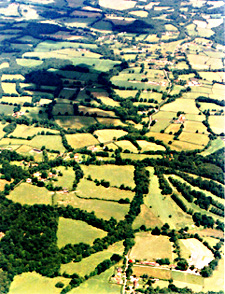
" a representation of scenery " Dutch
and Italian 16th century painting
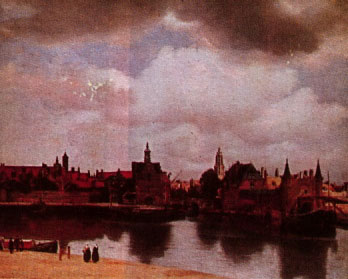
Delft, Vermeer,1658-60
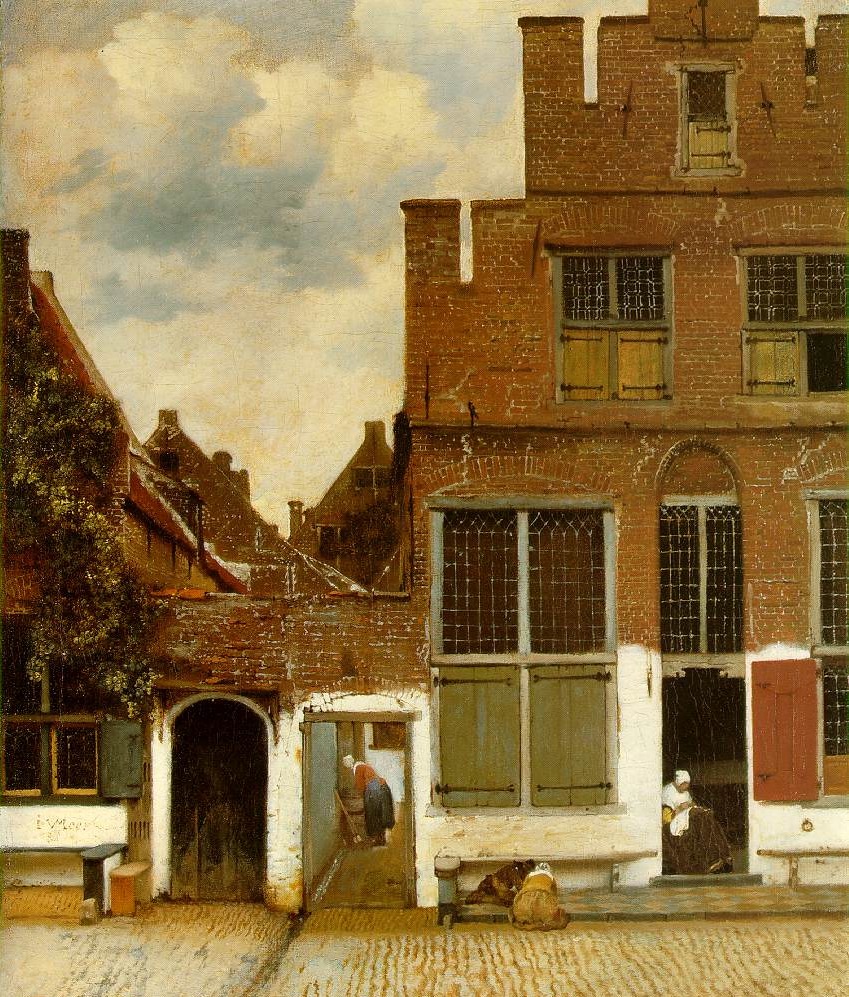
Vermeer's
street in Delft.
A
view encompassing all the visible world.
Dual character of landscape persists.
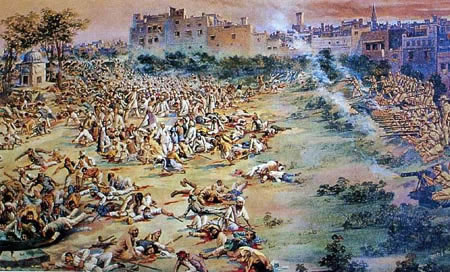
British shooting of Indian demonstrators at Amritsar, April 13, 1919.
2 aspects are:
1.
Place
2. Viewpoint
Implied is an objective world to view and a perspective taken
by a subjective observer viewing a place.
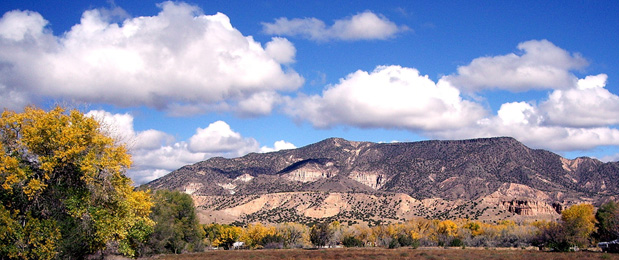
1.
Place: Chama Valley west of Taos Pueblo, New Mexico.

2.
Viewpoint: Albert Bierstadt's painting of the Wind River Mountains
in Wyoming.
"Another source of ambiguity lies in the need to distinguish
between the area covered in the 'scene' and its actual contents--
1. The landscapes spatial extent and configuration

Valley
of the Rio Grande south of Albuquerque, New Mexico.
2. The material features contained therein
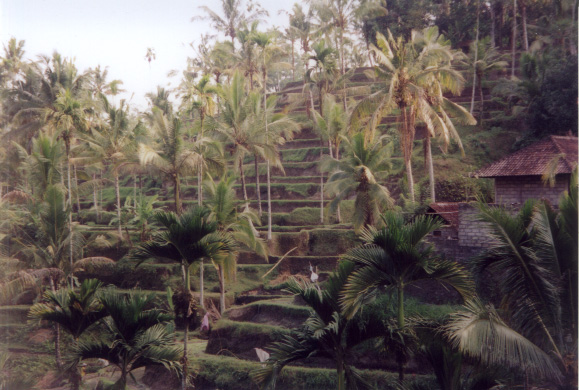
Hillside
rice terraces in Ubud, Bali, Indonesia.
"Landscapes are commonly distinguished as natural or cultural.
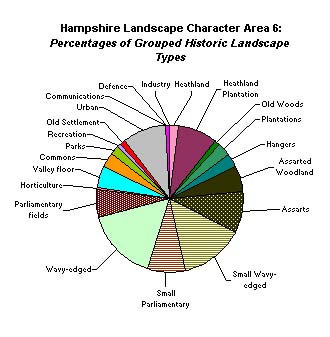 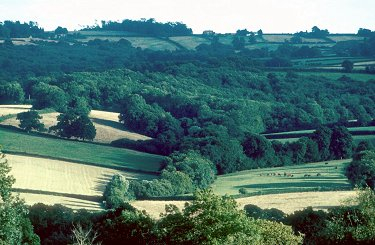
This
is a useful distinction for historical purposes, but in practice
few landscapes in economically advanced regions have escaped some
degree of human modification.
The reasons for this transformation are many, but three significant articles explaining the causes for and inexorable consequences of these often extensive, prolonged and unexpected alterations. These important articles are:
landscape art
history
sources
|



